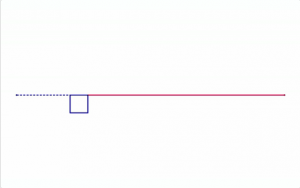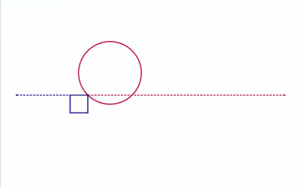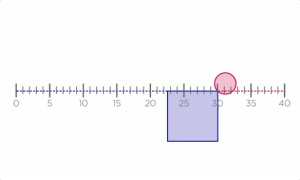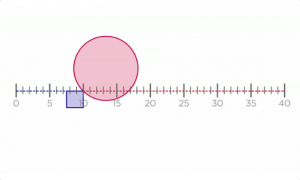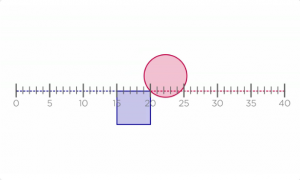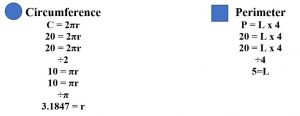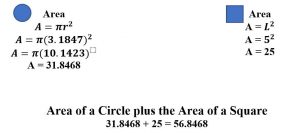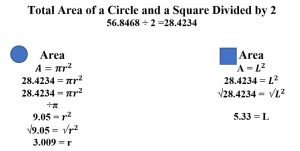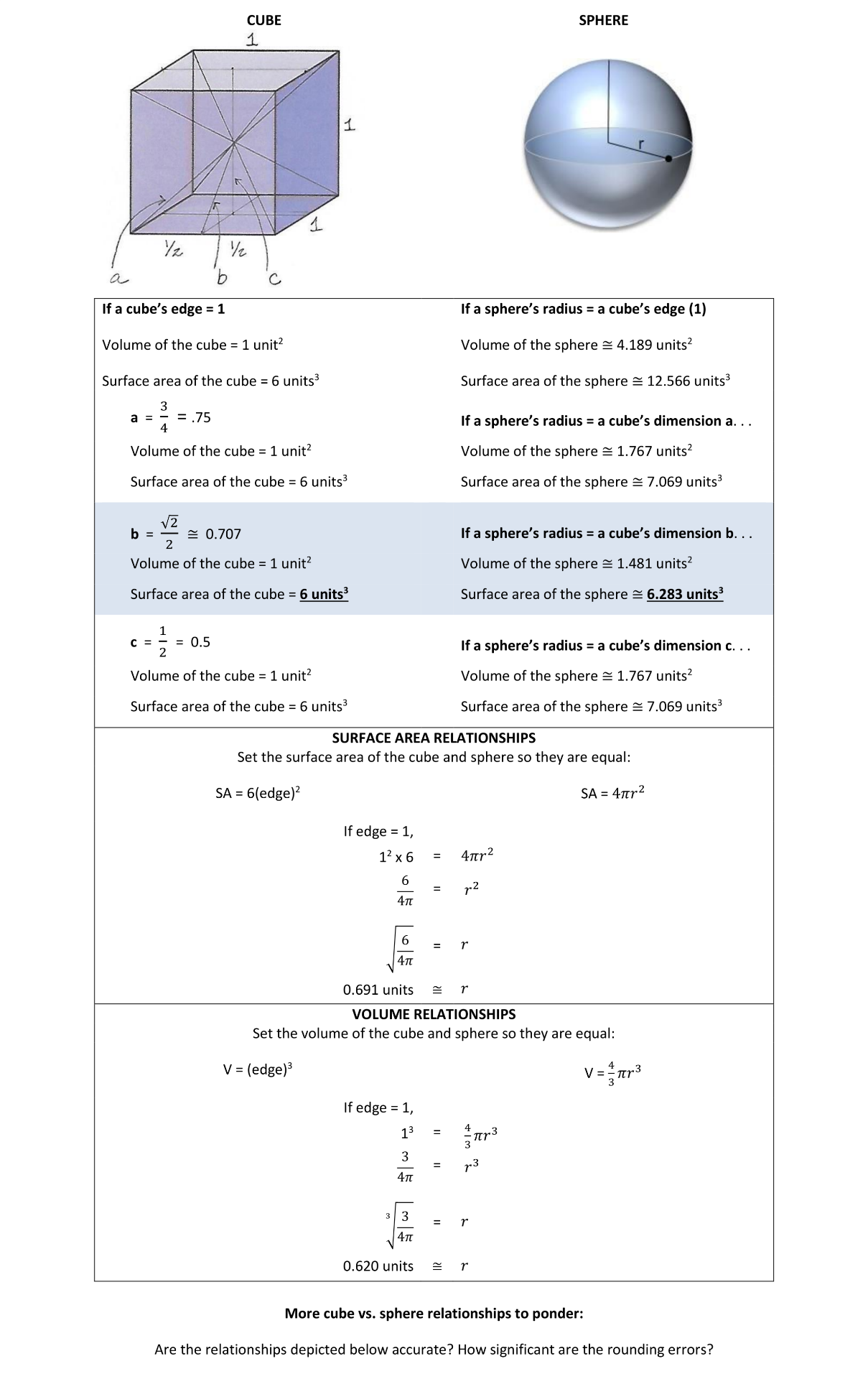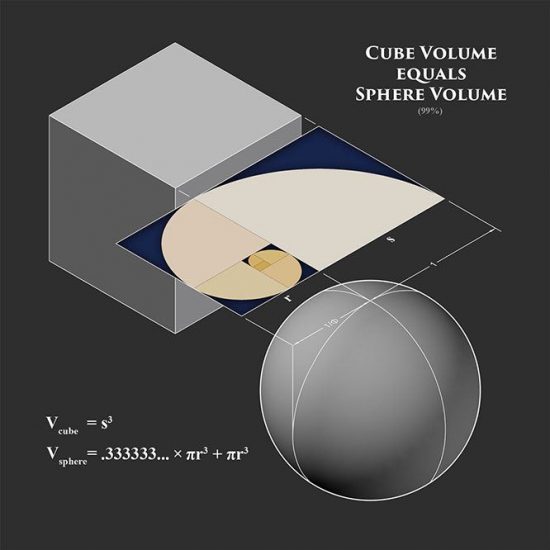Circles and Squares
Standard: CCSS.7.RP.2.a CCSS7.G.A.1 CCSS.7.G.B.4 Math Practice 4
By: Naomi Johnson, Rachel Van Kopp, Tracy Van Lone, Natasha Smith, and Kimberly Younger
The problem:
This problem was based on Circle-Square by Dan Meyer and had a circle and a square on a line that moved together. When one shape grew, the other would shrink by the same amount. Our job was to find out when the two shapes would be equal in area.
Connections/Solution:
We found that when the perimeter of the square is 21.1 and the circumference of the circle was 18.9, then the areas would be equal to each other. After finding the areas, we noticed that the equations for the two were very similar. The area for the square was A = 28.4234 and the area of the circles was A = 28.4234, so the square was divided by 16 and the circle was divided by 12.567, so the radius of the circle and the distance from a corner to the center of the square will be very close. Another connection that we noticed was that their perimeter and circumference will always equal 40 because that was the length of the number line it was on.
Extensions:
- Have the circle and square not touch, and looking at how that might change the perimeter and circumference. They could also extend the number line from 40 to 60 or beyond and looking at the impact that would have. For discussions, the teachers could have the students think about what would happen if, instead of the two shapes moving together, they moved apart from each other.
- Use a cube and sphere instead of a circle and square:
Sphere & Cube Dimensional Relationship Exploration
What are the dimensions of a cube and a sphere of equal volume?
What are the dimensions of a cube and a sphere of equal surface area?
Are there any cool relationships between the dimensions of the cube and the sphere?
Which cube dimension most closely resembles the sphere’s radius? Why?
Use these calculators to analyze the relationships:
Cube: https://www.geogebra.org/m/g6ffapbP Sphere: https://www.geogebra.org/m/Xyc8W4Qn
(Note: The sphere radius illustrated above is 1/phi. The cube edge is 1.)
